
Back Up to
Solar System
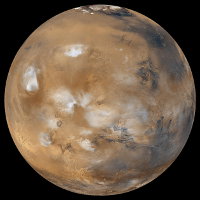
Dust and Clouds
Regular Size
Large Size
Full Size
Caption
Credit: NASA/JPL/Arizona State University
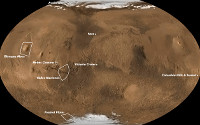
Map
Regular Size
Caption
Credit: NASA/JPL/National Geographic Society
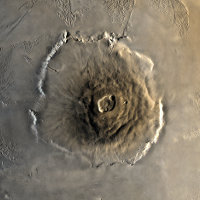
Olympus Mons
Regular Size
Full Size
Caption
Credit: NASA
Image Processing: Jody Swann/Tammy Becker/Alfred McEwen
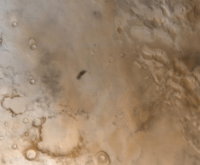
Frosted Plains
Regular Size
Full Size
Caption
Credit: NASA/JPL/MSSS
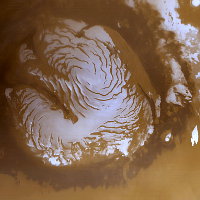
North Pole
Regular Size
Full Size
Caption
Credit: NASA/JPL/MSSS
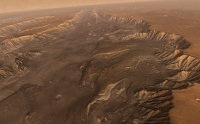
Valles Marineris
Regular Size
Full Size
Caption
Credit: NASA/JPL/Arizona State University
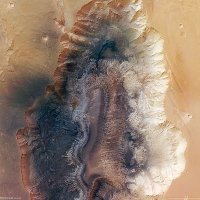
Hebes Chasma
Regular Size
Large Size
Caption
Credit: ESA/DLR/FU Berlin (G. Neukum)
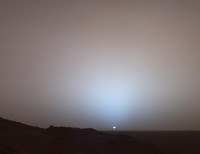
Sunset
Regular Size
Full Size
Caption
Credit: NASA/JPL/Texas A&M/Cornell
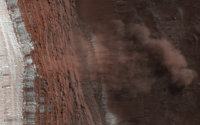
Avalanche
Regular Size
Full Size
Caption
Credit: NASA/JPL/University of Arizona
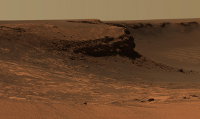
Victoria Crater
Regular Size
Full Size
Caption
Credit: NASA/JPL/Cornell/University of Arizona
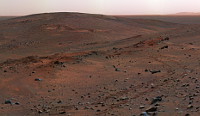
Columbia Hills
Regular Size
Full Size
Caption
Credit: NASA/JPL/Cornell
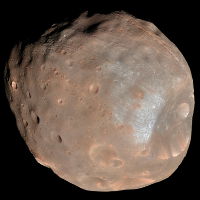
Phobos
Regular Size
Full Size
Caption
Credit: NASA/JPL/University of Arizona
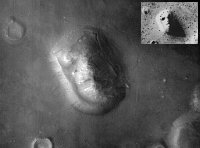
Face
Regular Size
Full Size
Caption
Credit: NASA/JPL/MSSS
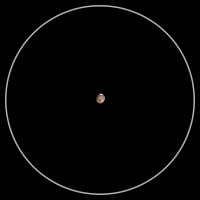
Through a Telescope
Regular Size
Caption